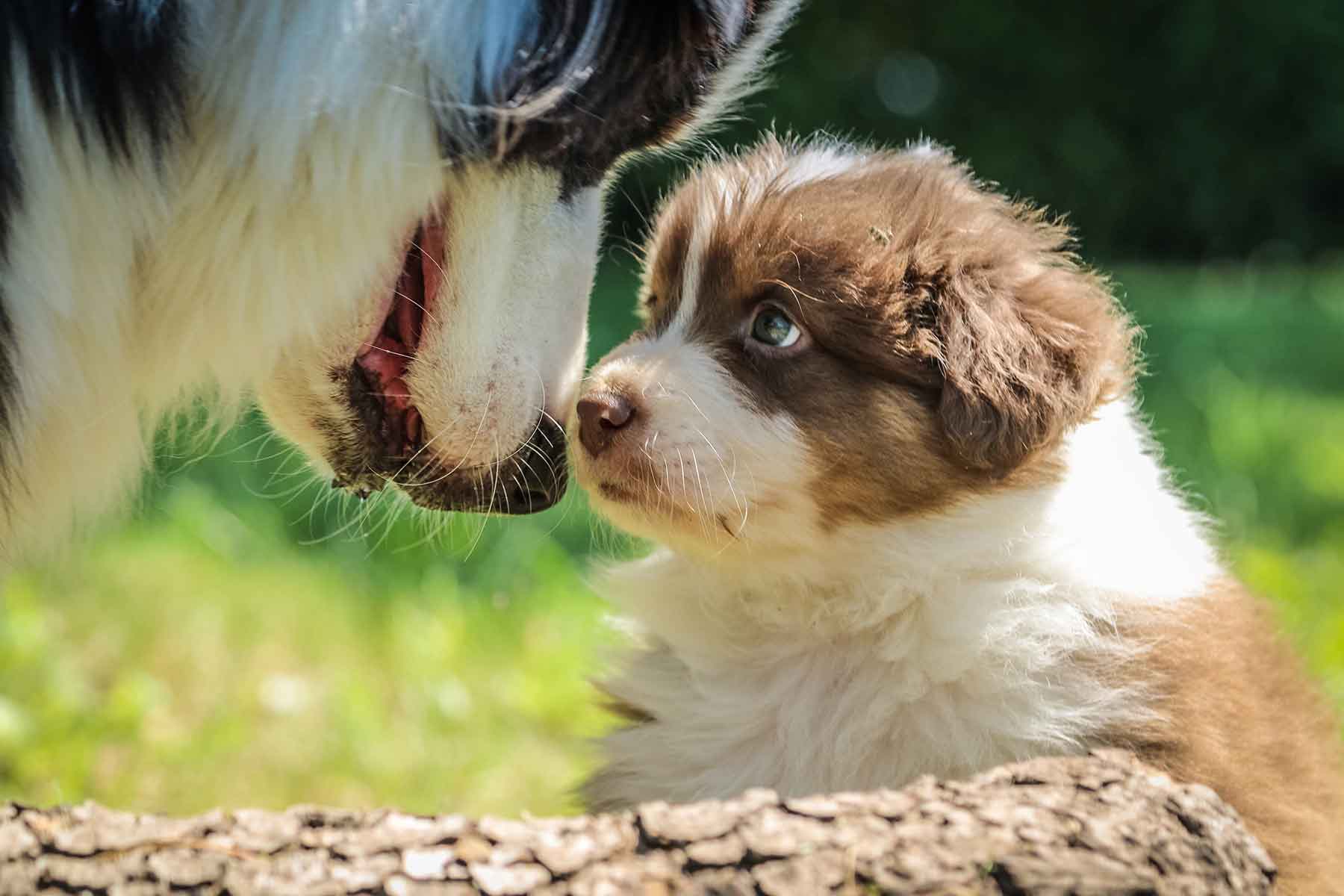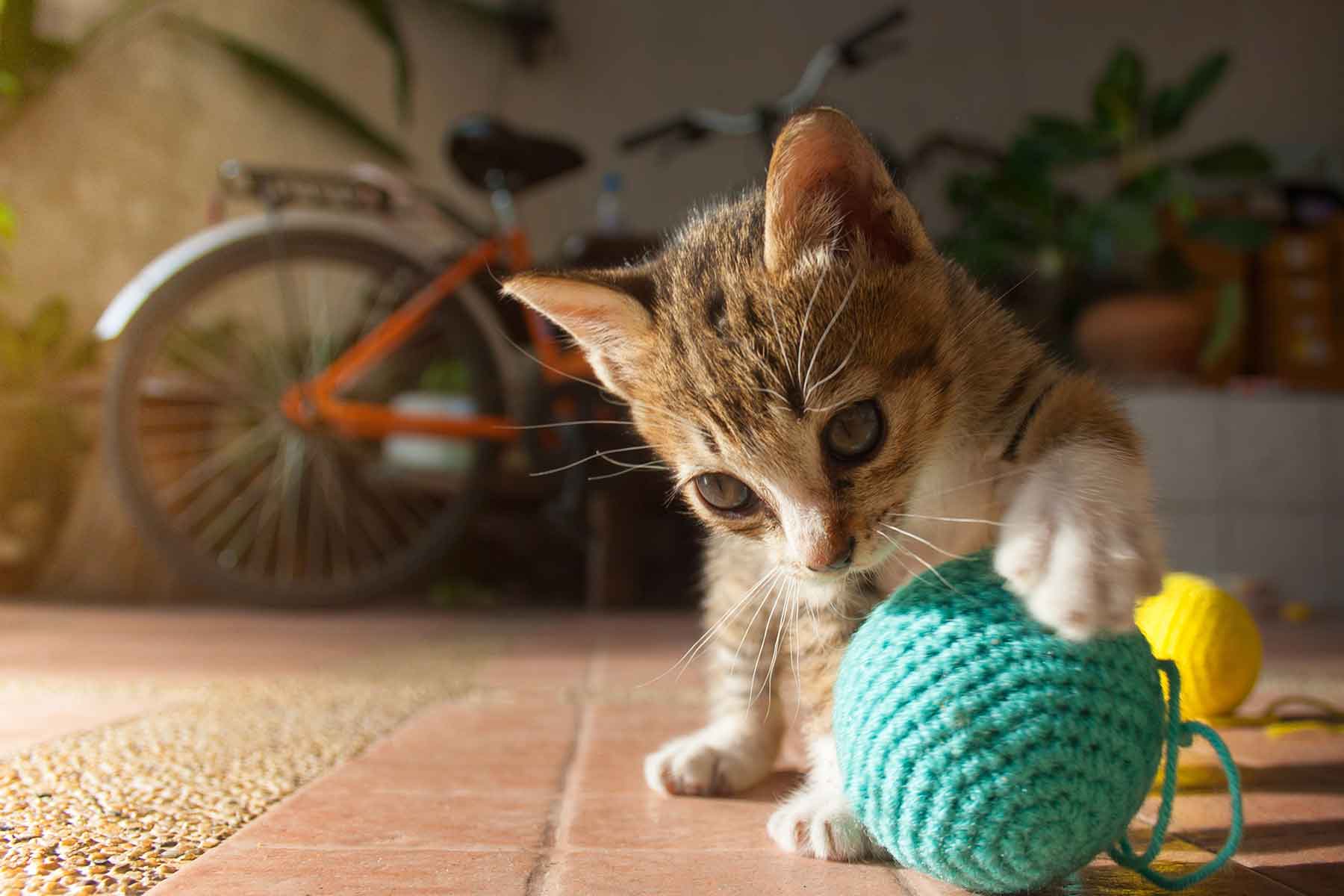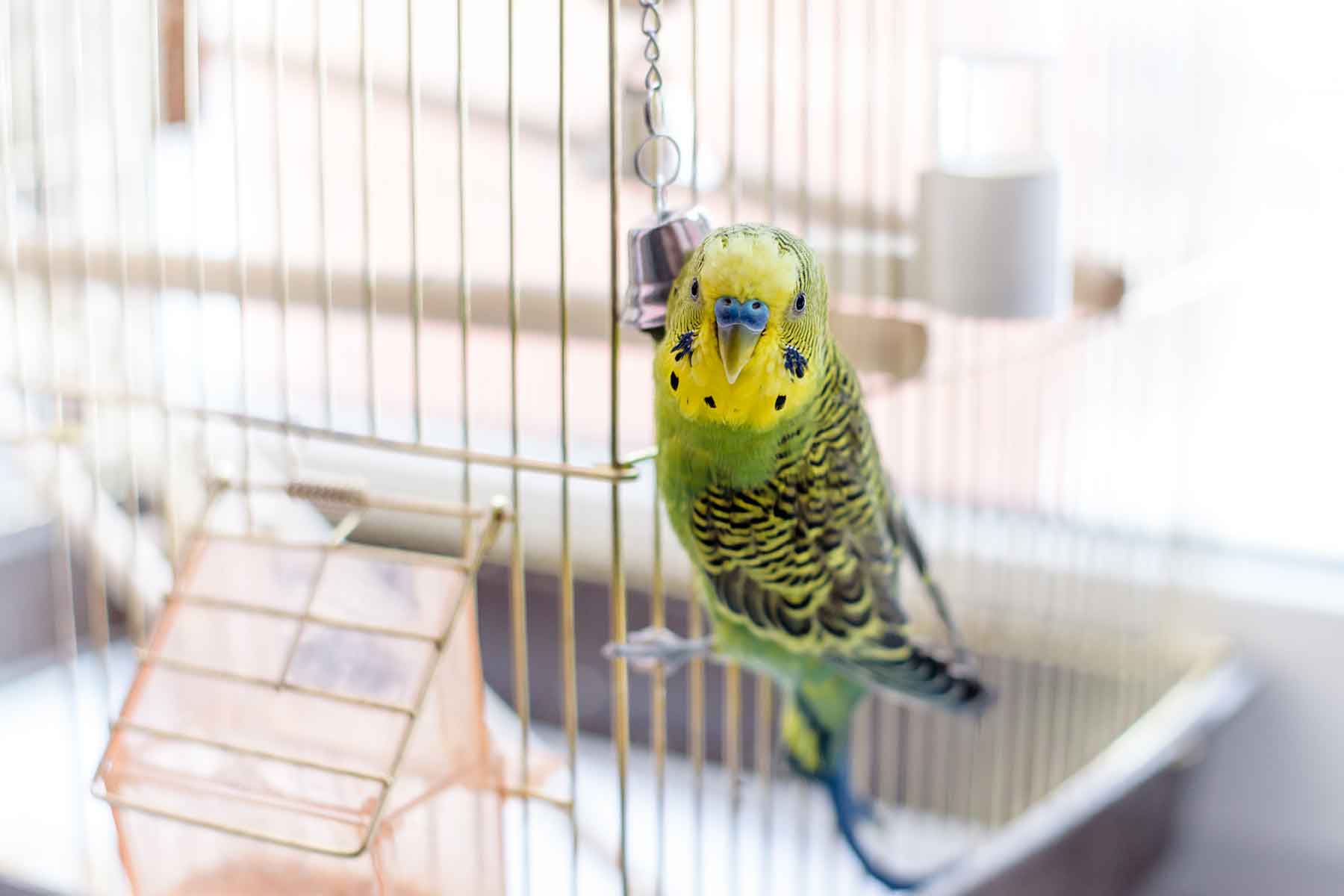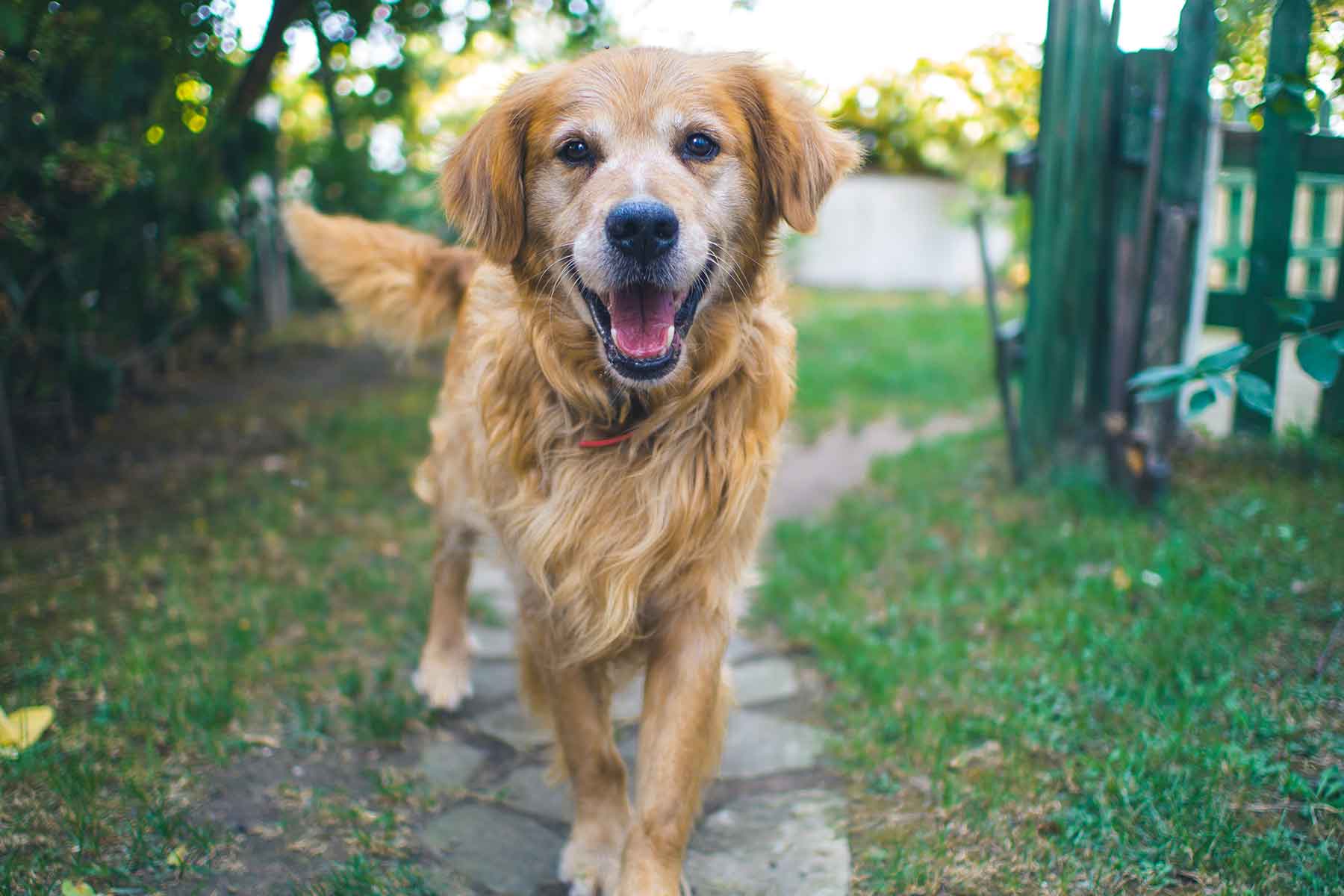An aural (ear) haematoma is a collection of blood or serum, and sometimes a blood clot within the pinna or ear flap. This blood collects under the skin and causes the ear flap to become thickened. The swelling may involve the entire ear flap or it may involve only a small area.
How does an aural haematoma occur?
Aural haematomas usually occur as a result of local irritation to some part of the ear. When something irritates the ear canal, a dog is likely to respond by scratching or shaking the head. Excessive shaking causes blood vessels to break, resulting in bleeding. An understanding of the ear’s anatomy makes the sequence of events more logical.
Understanding ear anatomy
The ear flap is composed of a layer of skin on each side of a layer of cartilage. The cartilage gives the ear flap its shape. Blood vessels go from side-to side by passing through the cartilage. Violent shaking causes the vessels to break as the skin slides across the cartilage.
How are aural haematomas treated?
The first aim of treatment is to drain the haematoma to relieve the pressure and pain associated with the build up of fluid within the ear flap. This is achieved under general anaesthesia where either a single incision or multiple small biopsy holes are made on the inner surface of the ear. The blood is drained and the ear flushed to remove any remaining blood clots. These holes are left open to allow continued drainage of fluid whilst waiting for the ear flap to heal.
Reattachment of the ear cartilage is encouraged with the use of multiple sutures placed through the ear flap (with or without the use of a support to maintain the normal architecture of the ear) and these sutures are left in place for 3 weeks. The specific method used will depend on the size, age and position of the haematoma.
The second major aspect of treatment is to work out why the haematoma formed in the first place. As mentioned, above, any reason that causes the dog to shake its head can result in the formation of an aural haematoma. Some things which can cause this include:
- Grass seed or other foreign body lodged within the ear canal.
- Ear infection.
- Allergies resulting in an itchy ear, scratching and shaking head.
- Fly bites to the tips of the ears.
- Immune mediated disease.
It is essential that the cause of the problem be identified and treated if possible. If a foreign body is found, it is removed. If an ear infection is identified, the ear canal will be thoroughly cleaned during anaesthesia and appropriate medical ointments or medications will be dispensed.
Unfortunately, it is not always possible to identify a cause, or it is difficult to manage the underlying cause (eg allergies). In these cases, another aural haematoma may form in the same ear or in the other ear and management may require long term medications.
Once Your dog is treated will you need to bring him/her back to the vet for further treatment?
The sutures will need to be removed 3 weeks after surgery. At this time, a haematoma is usually healed. If an infection is also being treated your veterinarian will also check to make sure that the infection is gone. It is vitally important that the infection is successfully treated to prevent further head shaking which may result in further haematomas.
What happens if your dog does not have surgery?
If a haematoma is left untreated the blood in the ear flap will separate into serum and a clot and will gradually be absorbed over a period of 10 days to 6 weeks. This is an uncomfortable time for your dog and unfortunately some scarring will take place during this process. It also causes a deformity of the ear flap resulting in a “cauliflower ear” which may cause further problems.











